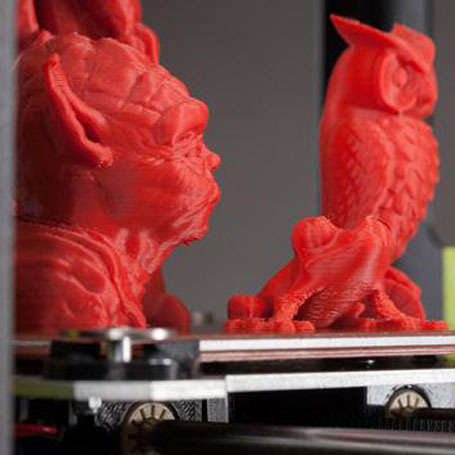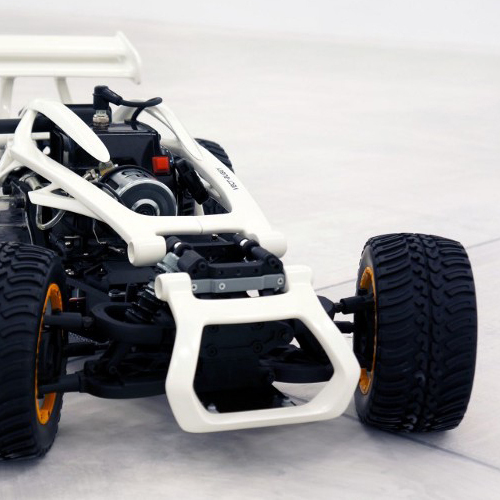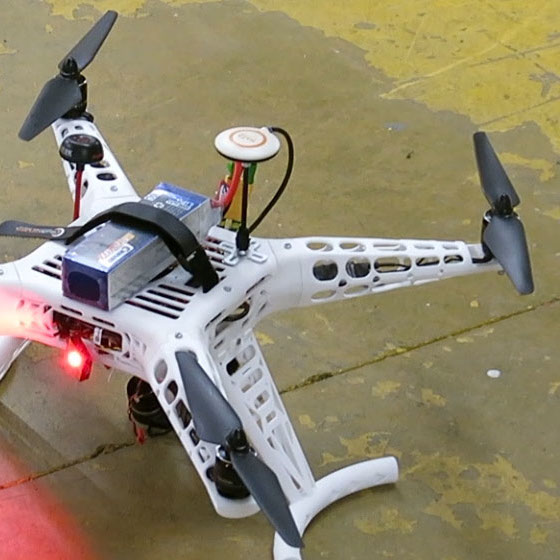
FDM (Fused Deposition Modeling) or filament 3D printing, is an additive manufacturing technique that uses a thermal extrusor to melt a thermoplastic filament and deposit it layer by layer until the final model is formed. This technique allows creating parts from a wide variety of materials with different mechanical properties.
PLA

Polylactic acid or PLA is one of the most used materials in FDM printing. It is easy to use thanks to its low melting temperature and allows to create pieces with great detail, is ideal for pieces with aesthetic purposes or for indoor use.
ABS/ASA

Due to their resistance to temperature, impact and ultraviolet light, ABS (Acrylonitrile Sutadiene Styrene) and ASA (Acrylonitrile Styrene
Acrylate) plastics are ideal for parts exposed to the weather, wear resistance and rapid prototyping.
TPU/TPE

Thermoplastic elastomer and thermoplastic polyurethane are highly flexible and elastic materials, resistant to physical impact and chemical
abrasion.
Nylon

Nylon is one of the most resistant materials used in FDM printing, it is flexible and resistant to high temperatures. Ideal for mechanical parts subjected to friction, stress or compression.
Polycarbonate

Polycarbonate is a transparent material with great rigidity, resistance to physical impact and high temperatures.
Composite filaments

Composite filaments allow different materials to be mixed to improve aesthetic or mechanical properties. There are filaments such as Nylon-TPU, Nylon-Carbon Fiber, conductive filaments, among others. With composite materials you can make light and resistant pieces.







